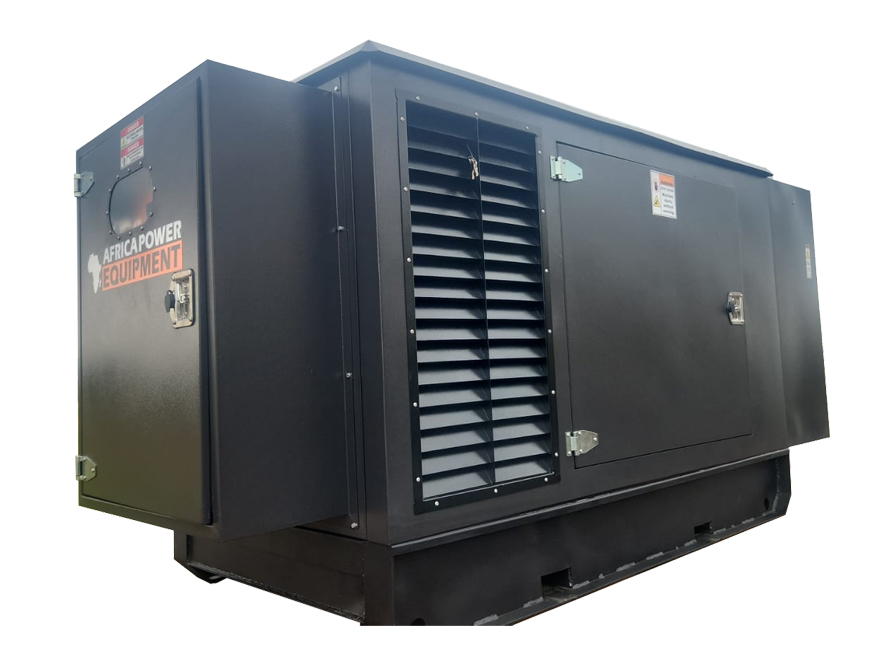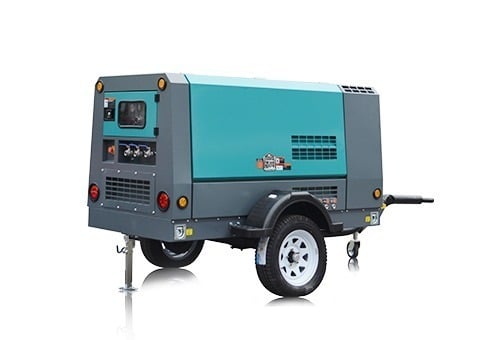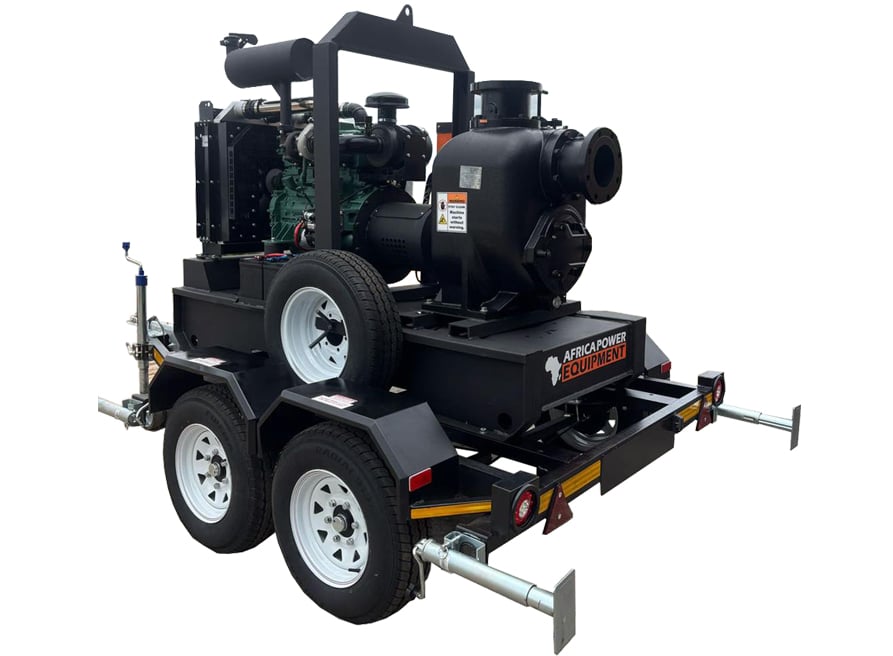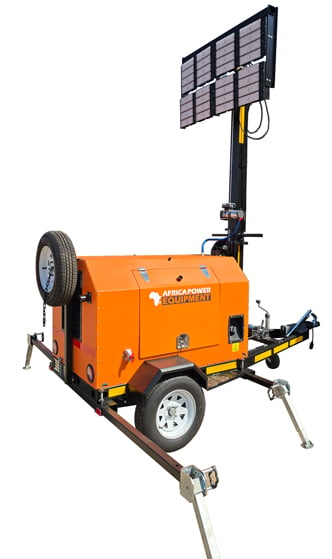What Is Load Shifting and How Can Solar Power Help in South Africa?
With electricity costs rising and load shedding a regular reality, many South Africans are searching for smarter ways to manage their energy usage. One of the most effective strategies is load shifting — especially when combined with solar power.
In this article, we’ll explain what load shifting is, how it works, and how solar energy systems (especially with batteries) can help you reduce costs, increase efficiency, and gain independence from the grid.
🔄 What Is Load Shifting?
Load shifting is the process of moving your electricity usage from peak demand periods (when electricity is expensive or unreliable) to off-peak times when electricity is cheaper or more available.
For example:
-
Using appliances like washing machines or geysers during midday instead of evening
-
Charging batteries during the day with solar energy, then using that stored power at night
-
Running irrigation or pool pumps when solar production is high
⚡ Goal: Reduce peak-hour electricity usage and save money or avoid power outages.
🕒 Why Load Shifting Matters in South Africa
South Africa has:
-
Time-of-use tariffs (e.g., peak, standard, and off-peak pricing structures)
-
Load shedding schedules (most common in mornings/evenings)
-
Unstable grid conditions during high-demand hours
Load shifting helps households and businesses:
-
Avoid peak-time energy costs
-
Reduce reliance on the grid during load shedding
-
Optimise solar energy production and storage
☀️ How Solar Systems Enable Load Shifting
-
Solar Panels Produce Power Midday
Most solar power is generated between 9:00 AM and 3:00 PM, when sunlight is strongest. -
Power Used or Stored for Later
This electricity can be used to power daytime loads directly, or stored in a battery bank. -
Evening Use with Batteries
At night, solar-charged batteries can supply electricity to household appliances — shifting your load away from the grid.
🔋 Without batteries, solar only supports load shifting during the day.
🏡 Examples of Load Shifting at Home
| Task | Traditional Time | Shifted Time (Solar-Friendly) |
|---|---|---|
| Geyser heating | Early morning/evening | Midday with timer or solar geyser |
| Dishwasher use | After dinner | Around noon |
| Pool pump | Afternoon | 11 AM – 2 PM |
| EV charging | Evening | 10 AM – 3 PM |
| Laundry | Evening | Mid-morning |
✅ Use smart plugs or timers to automate these changes.
🏭 Commercial and Industrial Load Shifting
Businesses can benefit by:
-
Running machinery or HVAC during solar hours
-
Reducing generator fuel usage during grid outages
-
Managing peak demand charges by drawing from batteries during tariff spikes
-
Improving backup power strategies during Stage 4+ load shedding
🌐 Load shifting is especially valuable for farms, retail centres, factories, and schools.
💸 Load Shifting + Solar = Energy Savings
With Eskom tariffs increasing, solar + load shifting offers significant financial returns.
Example:
A household installs:
-
5kW solar system
-
10kWh lithium battery
-
Solar geyser timer
Savings potential:
-
Peak-time energy reduced by 50%+
-
Load shedding resilience increased
-
Monthly bill savings of R1,500 – R3,000
Over 5–7 years, the system can pay for itself, especially with incentives like tax rebates for solar installations.
⚙️ Tools for Load Shifting with Solar
-
Solar-compatible timers and smart switches
-
Load prioritisation devices (e.g., geyser controllers)
-
Battery inverter with time-of-use programming
-
Monitoring apps to track solar generation and usage
🔧 Inverters from brands like Sunsynk, Victron, and Deye offer built-in load-shifting features.
✅ Benefits of Load Shifting with Solar
-
💡 Reduced energy bills
-
⚡ Less reliance on Eskom
-
🔋 Battery power at night
-
🏡 Greater energy independence
-
🌱 Lower carbon footprint
-
🛠 Better use of self-generated solar energy
🔗 Related Articles
🔚 Final Thoughts
Load shifting isn’t just an energy strategy — it’s a money-saving, load-shedding-proof lifestyle upgrade. When combined with solar energy and storage, it allows you to control your power usage, cut costs, and future-proof your home or business.
Want to learn more about optimising solar for load shifting? Contact us — we’ll help you design a smart solar system for your needs.





